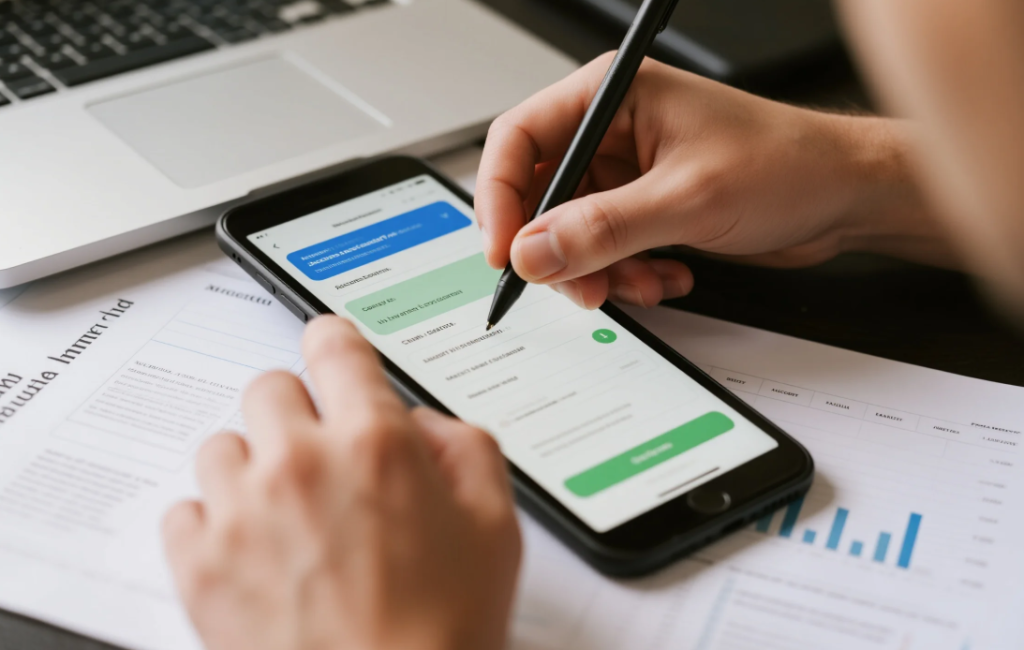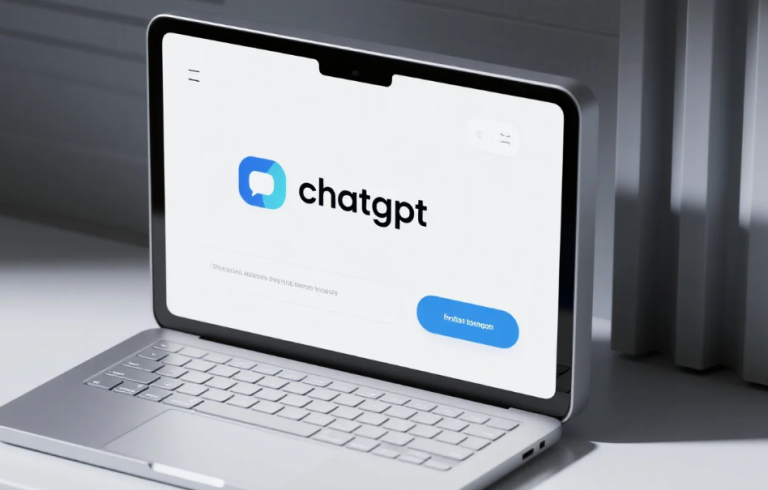Understanding Why ChatGPT Matters in Accounting
Accounting is full of repetitive and time-consuming tasks — from data entry to report writing. But what if you could automate most of them? That’s where knowing how to use ChatGPT for accounting changes everything. This AI assistant isn’t just a chatbot; it can analyze data, draft financial summaries, explain accounting standards, and even generate professional-level reports.

The real value lies in using ChatGPT as a virtual accounting assistant that reduces manual errors and saves hours every week. Many accountants still think AI tools are complex, but in truth, you don’t need to be a tech expert. You only need to know how to ask the right questions.
How to Use ChatGPT for Accounting Tasks
Before jumping in, it helps to understand which accounting functions benefit most. If you’ve ever spent hours preparing balance sheets, reconciling data, or writing client updates, ChatGPT can help.
- Financial Data Summaries: Paste your monthly ledger data and ask ChatGPT to summarize trends or highlight anomalies.
- Report Drafting: Use prompts like “Write a professional financial report for Q3 performance based on the following figures.”
- Accounting Explanations: Ask ChatGPT to clarify IFRS or GAAP concepts in plain English for team training.
- Email Automation: Generate invoice reminders or client update messages quickly.
- Budgeting Assistance: Request suggestions for optimizing expenses based on spending patterns.
Learning how to use ChatGPT for accounting effectively means experimenting with these prompts until they sound natural and relevant to your specific workflow.
Practical Prompts That Actually Work
Many users struggle because they don’t know what to ask. A simple rephrasing can change the quality of results completely. For example:
- “Explain depreciation methods like I’m new to accounting.”
- “Create a client summary email using these financial metrics.”
- “Identify possible errors in this journal entry.”
These prompts show how to use ChatGPT for accounting in a practical sense — you give context, and ChatGPT provides structured, readable responses. You can even ask it to adjust the tone, such as formal for reports or friendly for client communication.
Interestingly, accountants often discover new workflow shortcuts after just a few tries. You might realize that ChatGPT isn’t replacing your job — it’s amplifying it.
Real-World Example: Automating Monthly Reports
Let’s consider a real scenario. A mid-size company’s accounting team spent nearly two days each month preparing performance summaries. Once they learned how to use ChatGPT for accounting, the process shrank to less than two hours.
Here’s how they did it:
- They exported data from Excel into CSV format.
- Fed key data points into ChatGPT and requested a “concise executive summary with insights.”
- Asked ChatGPT to format output in bullet points, suitable for management meetings.
The result? A clear, actionable report ready for review. No extra templates, no coding.
However, it’s worth noting that ChatGPT doesn’t replace auditing or professional judgment. It’s a support tool, not a decision-maker.
Integrating ChatGPT With Accounting Software
You don’t have to stop at text prompts. Many professionals now connect ChatGPT with tools like QuickBooks, Xero, or Google Sheets to streamline workflows. For instance, a simple automation can pull transaction data and ask ChatGPT to identify spending anomalies.
In other cases, accountants use API integrations to prepare draft reports automatically. It might sound advanced, but these setups are becoming easier every month. And the payoff is huge: fewer manual tasks and faster turnaround times.
But here’s something counterintuitive — the most successful users aren’t programmers. They’re accountants who learned how to use ChatGPT for accounting through trial, error, and consistent prompting.
Common Mistakes and How to Avoid Them
When using ChatGPT, some accountants copy-paste sensitive data. That’s a major red flag. Always anonymize or remove private information before uploading. Another mistake is using overly vague prompts. Instead of “Help with accounting,” specify “Create a double-entry example for a fixed-asset purchase.”
It’s also easy to overlook prompt refinement. Don’t settle for the first answer; refine your request until it fits your exact need. Remember, clarity drives quality.
For example, rather than asking “Summarize this data,” you could ask, “Summarize this monthly expense data by category, focusing on cost trends and potential savings.”
Advanced Use Cases and Creative Ideas
Once you master how to use ChatGPT for accounting basics, it’s time to go deeper. Try using it for:
- Audit preparation: Have it list common risk areas for specific industries.
- Tax planning: Ask for explanations of deductible categories.
- Training material creation: Generate simple guides for interns or clients.
- Predictive insights: Request ChatGPT to highlight possible cash flow issues based on prior months’ figures.
These examples show that ChatGPT isn’t just a question-answer bot. It’s a flexible assistant that can make your accounting practice smarter and more responsive.
The Human-AI Collaboration Mindset
Some people worry AI might replace accountants. In reality, the future belongs to those who collaborate with it. When you understand how to use ChatGPT for accounting, you’re not handing over control — you’re enhancing your analytical power.
Accounting still needs human judgment, ethical standards, and contextual understanding. ChatGPT provides speed, structure, and clarity. Combined, they create a more efficient and accurate workflow.
So next time you open your accounting spreadsheet, think of ChatGPT as a trusted colleague who never gets tired of calculations or explanations.
Conclusion
In today’s data-driven world, understanding how to use ChatGPT for accounting can transform your daily workflow. It automates repetitive tasks, improves reporting quality, and saves precious time. From financial summaries to audit prep, ChatGPT makes accounting more efficient, creative, and precise.
Though it takes some experimentation, the payoff is clear: less stress, faster turnaround, and sharper insights. Once you start applying AI thoughtfully, you’ll wonder how you ever managed without it.



